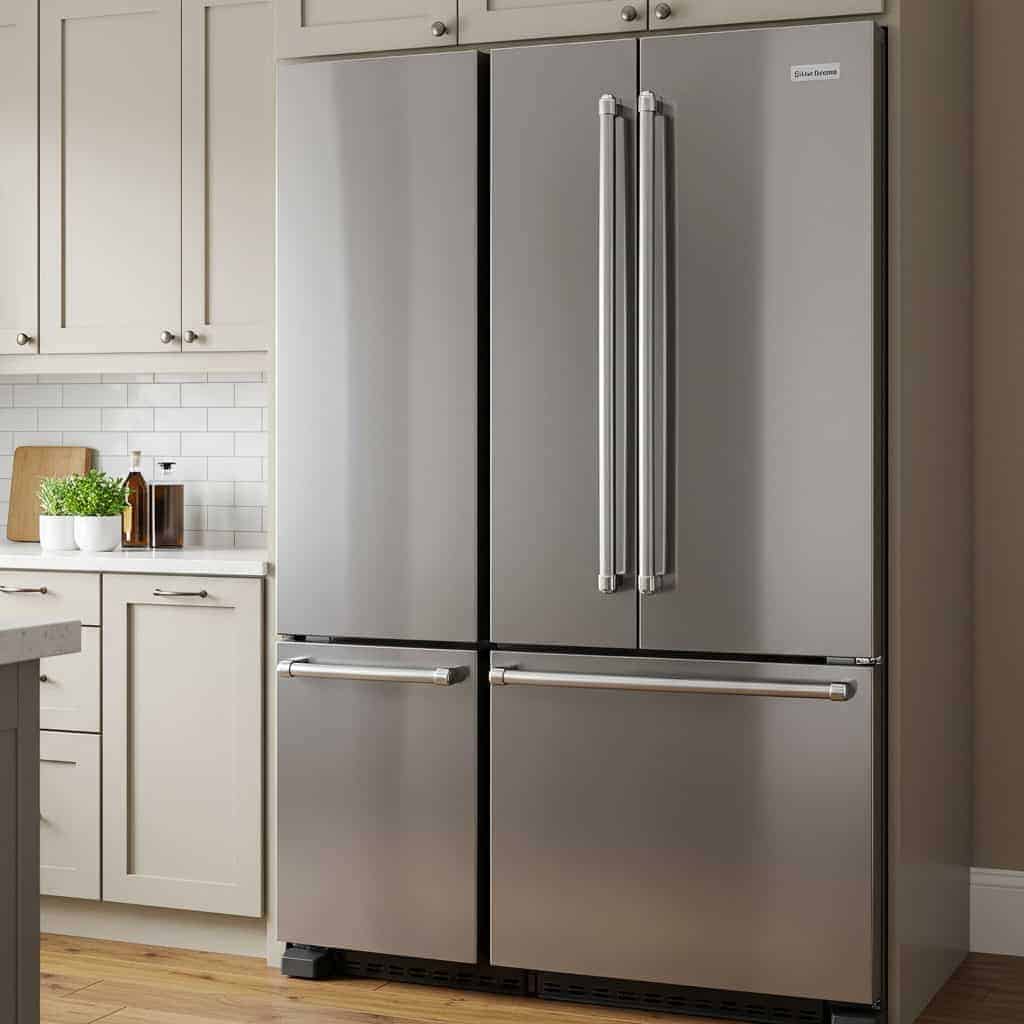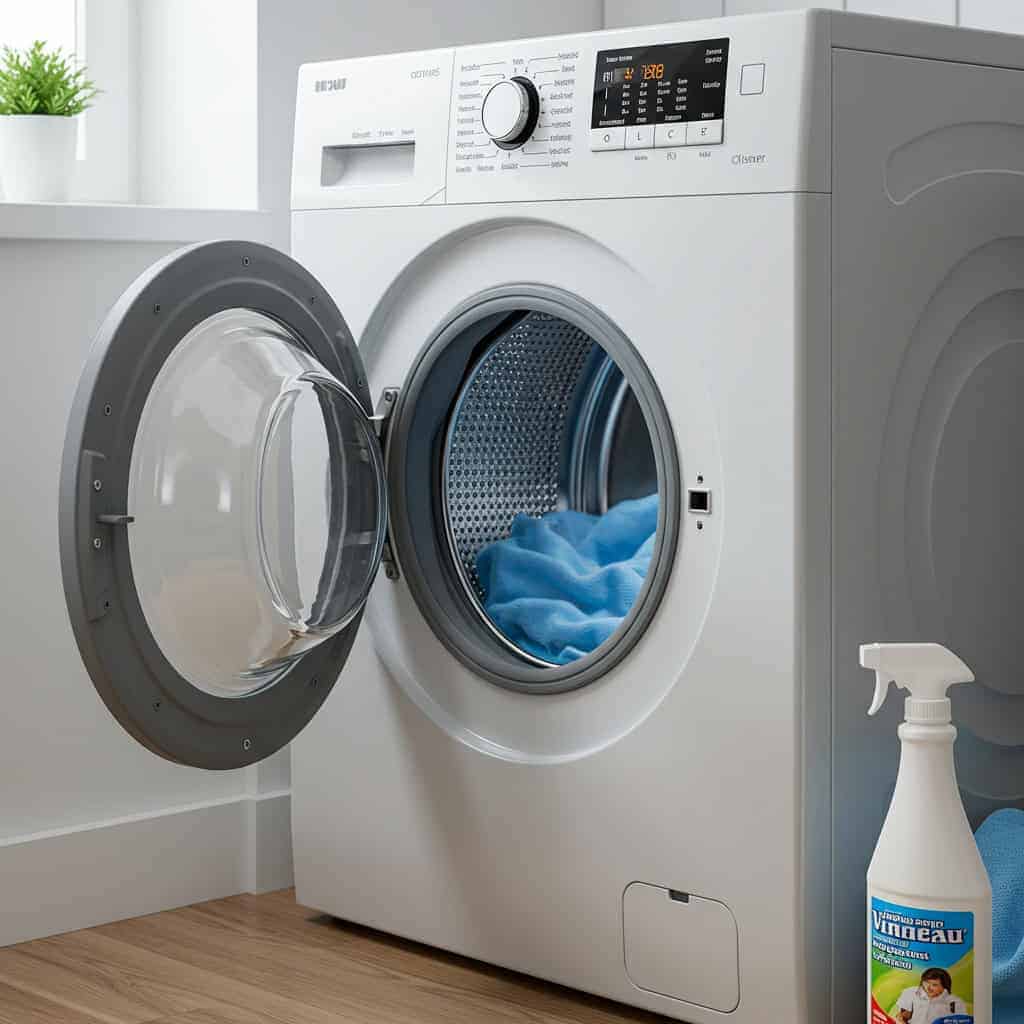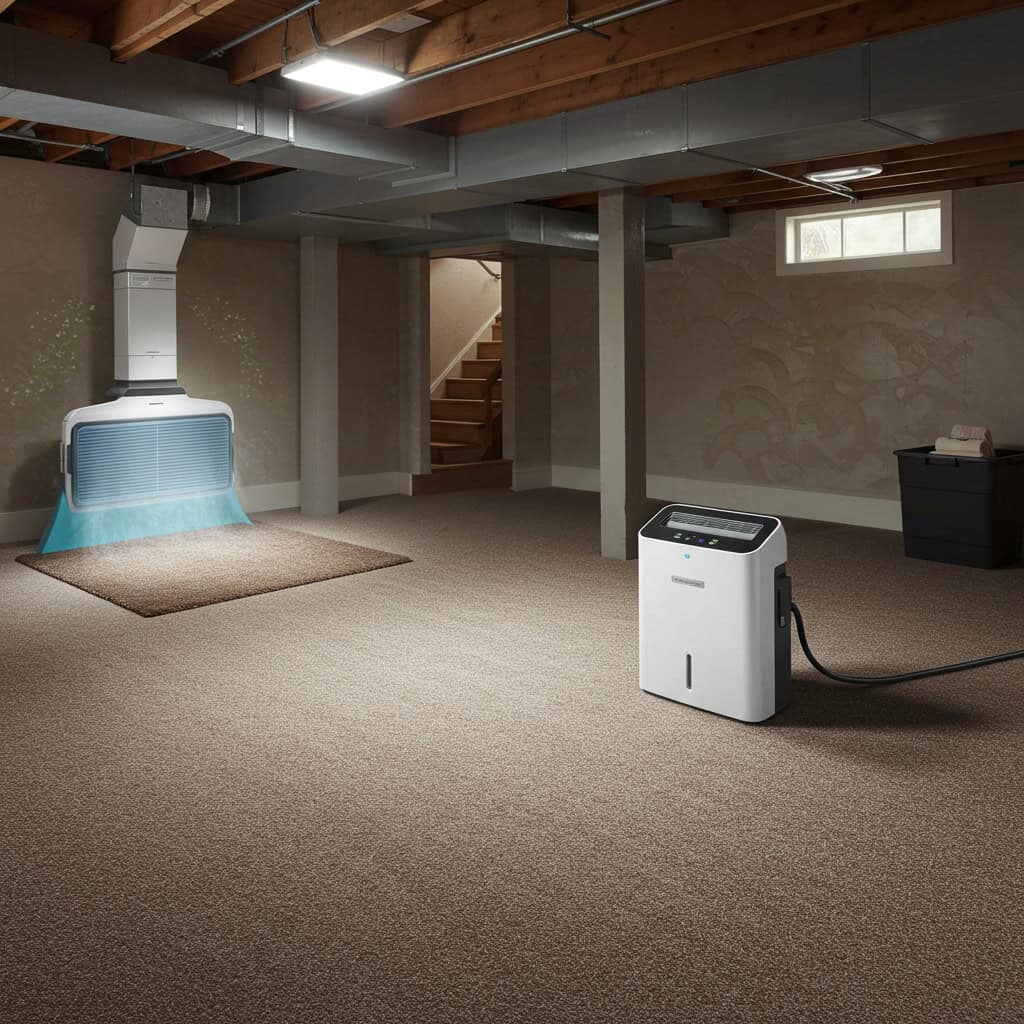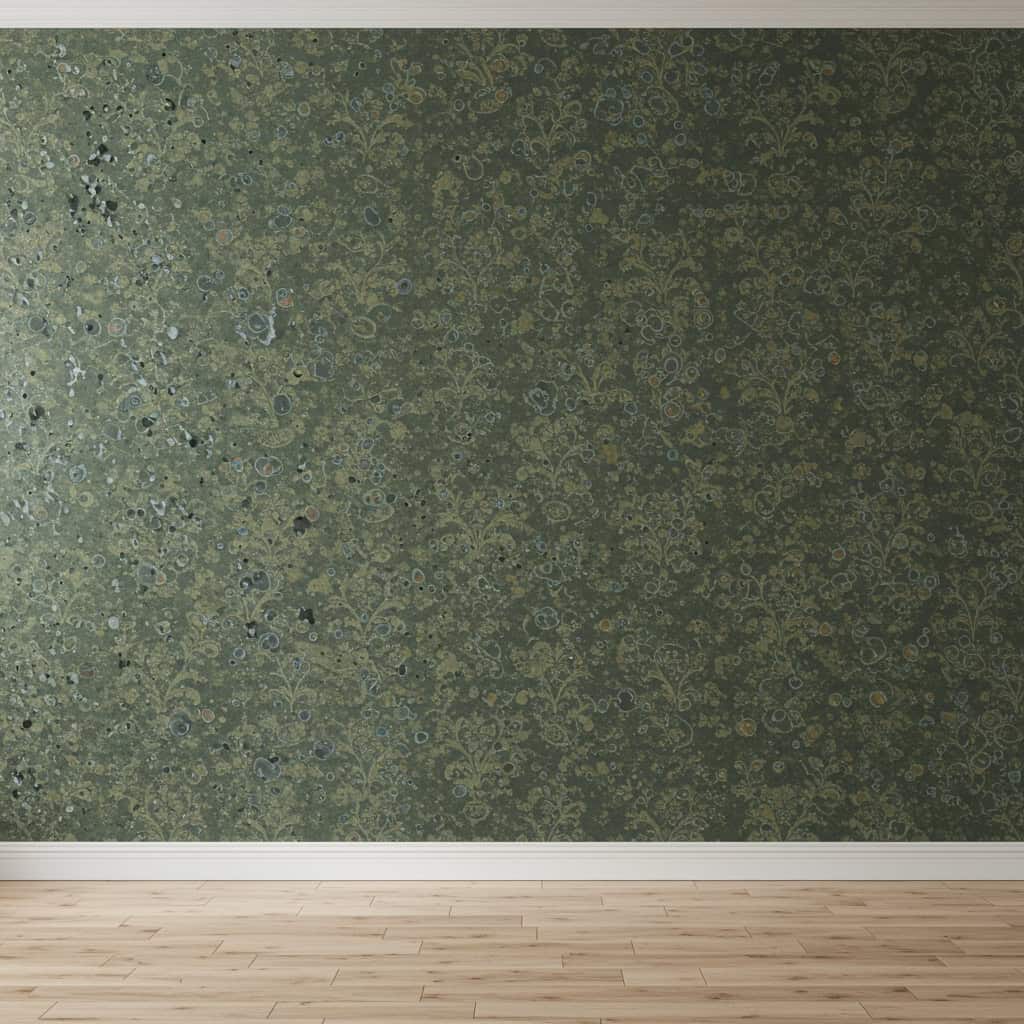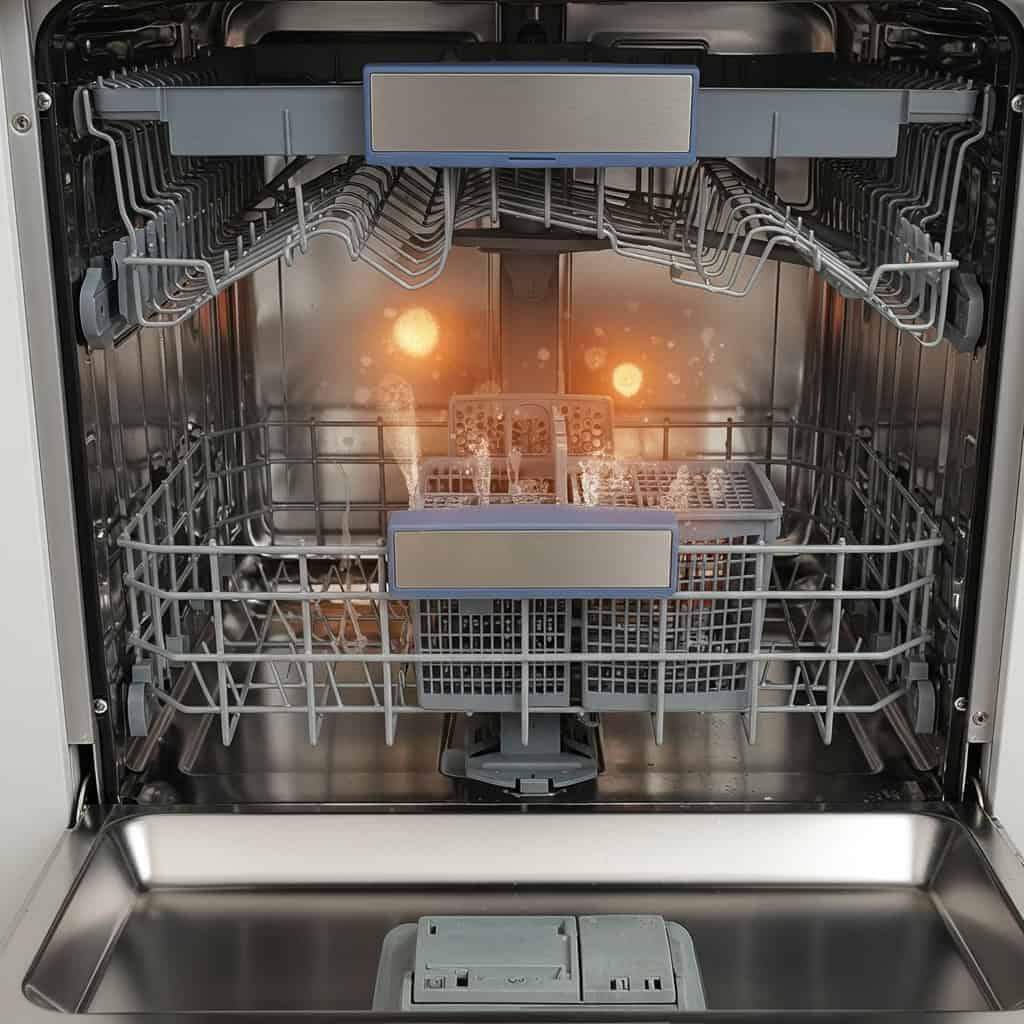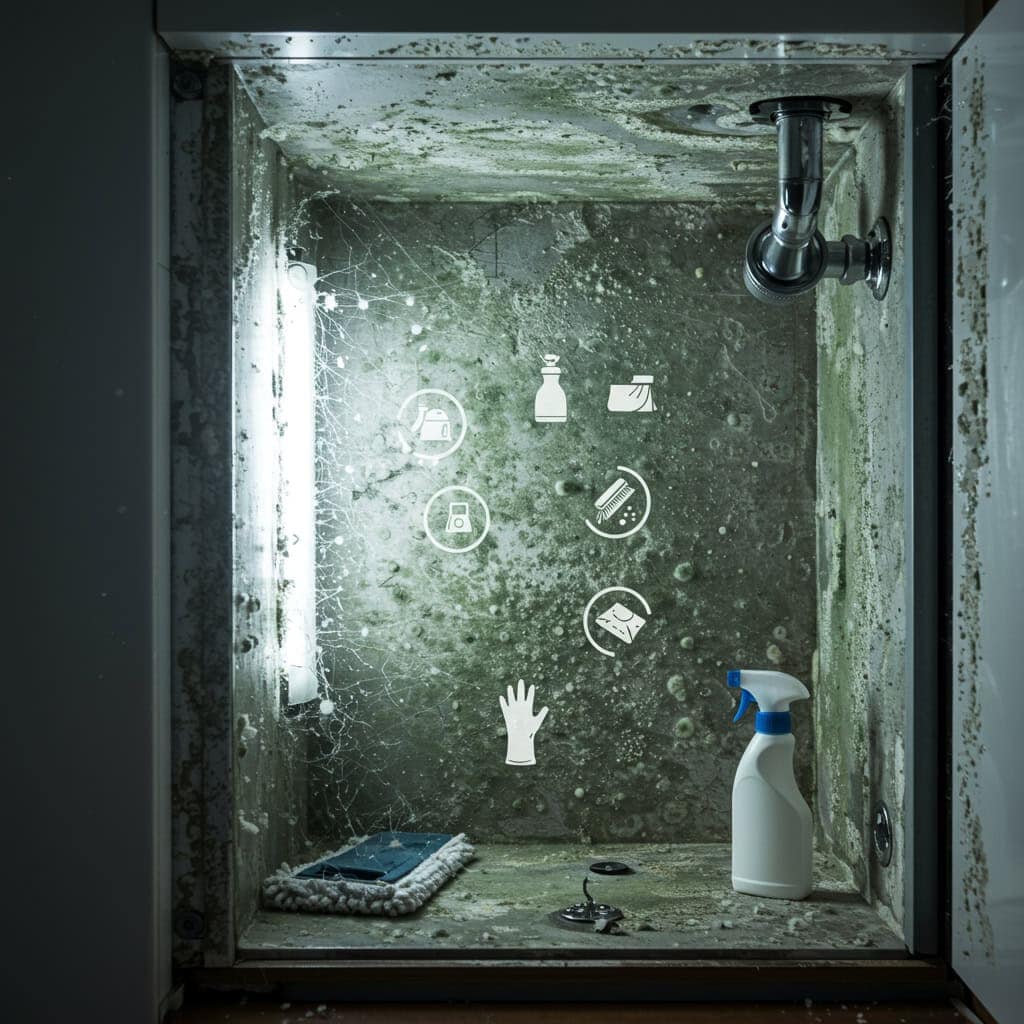Mold can thrive in unexpected places throughout any home, often going unnoticed until it becomes a major problem. Beyond being unsightly, mold can cause health problems and damage property. Understanding where mold likes to hide—and how to tackle it quickly—can help prevent costly repairs and keep indoor air safe and fresh.


